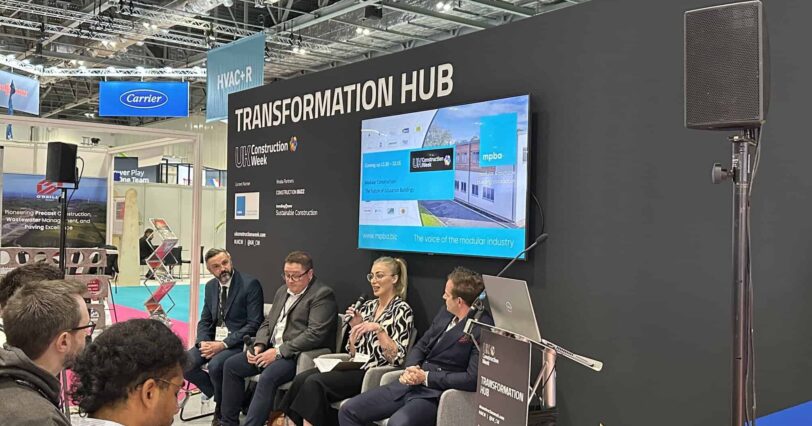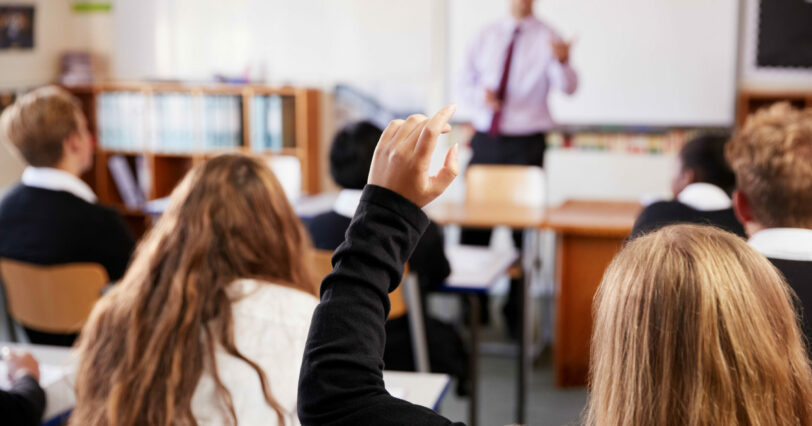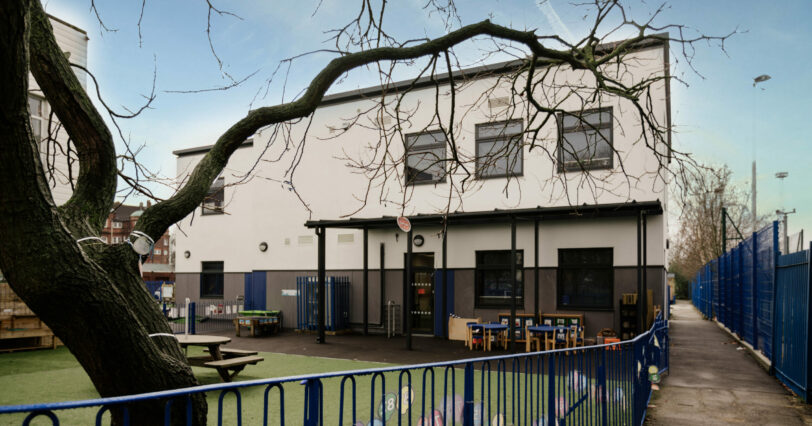The way we live and work is changing.
The move from a production-based economy to one that was service-focussed, and now on a knowledge-based one has significant implications for how we educate our children.
Schools are now on the frontline of the pursuit for global competiveness as nations compete with each other through education to deliver high-performing economies and societies.
From the 18th Century to the 20th Century pupils were taught to develop the three Rs: reading, writing and arithmetic.
However, today’s businesses require people with skills of inventiveness and flexibility. So while still important the three Rs have been usurped by the 4Cs: creativity, critical thinking, communication, and collaboration.
Not only are things changing but the pace of that change is increasing.
As a result the first two industrial revolutions lasted for around a Century each where as the third industrial revolution was surpassed in about 30 years.
As a result today’s pupils are much more likely to have several careers in their lifetime. They need to develop strong critical thinking and interpersonal communication skills in order to be successful in an increasingly fluid, interconnected, and complex world
Currently, most school environments are not very different from what they were a hundred years ago.
However, in that same time period the design of homes, workplaces, shops, hospitals, transport and communications have changed dramatically.
Equipping children to cope with the digitisation and the rigours demands of the 21st Century is made much harder in a building created during the 20th Century.
The World Green Building Council has shown how the environment of a school building has a tremendous impact on how our children learn and their results
The RIBA and CABE joint initiative Building Futures paper on 21st Century Schools warned that considerable change can be foreseen in future models of education and there is an increasing risk that school buildings will stand in the way of evolving models of delivery.
School buildings are not only important assets for students and teachers but important assets for communities.
School building design is now starting to change to accommodate such features as:
- multi-purpose spaces – allowing for variation in use, occupancy and layout
- embedding organisational aims into physical environments to inspire those working, learning and visiting
- flexible timetables
- individual learning plans
- involving users from the wider community, and linking with other learning places
Schools built in the 20th Century are hampered by rigid or inflexible layouts that:
- reduce the chance to adapt space
- cannot incorporate 21st Century technology
- do not provide flexibility for expanding or varying departments and year groups
- cannot incorporate 21st Century teaching methods
- do not accommodate for different types of learning: intellectual, physical, practical, social, emotional, spiritual and cultural.
At NetZero Buildings we strongly believe our children need 21st Century schools to ensure they are best equipped for the rigours of the 21st Century.
Another problem of Britain’s ageing school estate is that old schools are environmentally unfriendly and very expensive to maintain.
By delivering schools with zero running costs for energy NetZero Buildings empower schools to be able to invest more in our children.
At the same time producing carbon-neutral schools lets our children know that we’re investing in their future and tackling man-made climate change.







